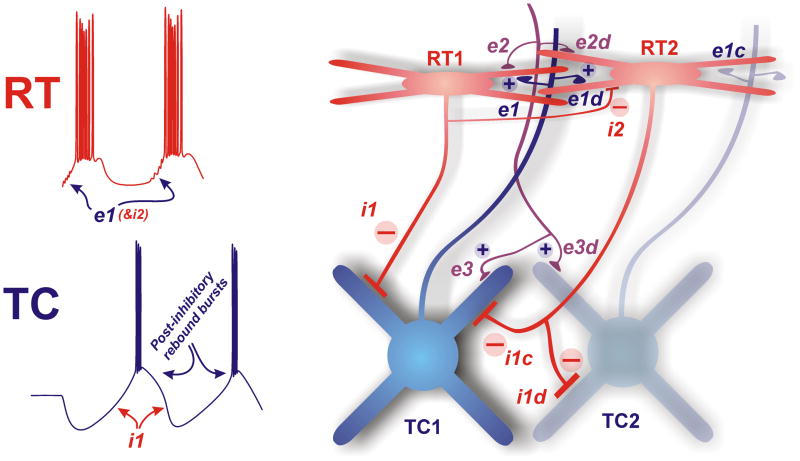Figure 1. Elements of the thalamic rhythm generator.
Thalamocortical cells (TC, blue) make excitatory projections to related cortical areas, and emit axon collaterals that make excitatory synapses (e1) onto inhibitory neurons in reticular thalamus (RT, red). These connections are divergent (e1d) in that individual TC cells contact more than one RT cell and convergent (e1c) in that multiple TC cells contact each RT cell. RT cells, in turn, provide feedback inhibition back to TC cells (i1) that is convergent (i1c) and divergent (i1d). The intracellular records on the left show how i1 activation leads to generation of post-inhibitory rebound bursts (lower trace) that produce recurrent excitation of RT cells through synapse e1 (upper trace) that perpetuates the intrathalamic rhythm. In addition, RT cells contact each other through gap junctions (not shown) and chemical inhibitory synapses (i2); the latter will suppress thalamic rhythmicity. Excitatory feedback from the cortex projects to both RT (e2) and TC (e3), each with convergence and divergence. Each of these synapses is implicated in promoting, synchronizing, driving, and regulating thalamocortical oscillations. The individual compositions and functions of each major synapse are provided in Figure 3.

